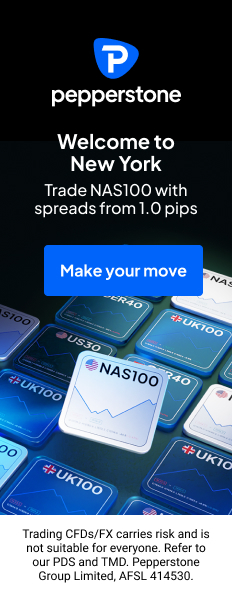Every few decades, financial markets reinvent themselves. In the 1950s, stocks transformed speculation into retirement income through dividends. The 1980s saw bonds draw global capital with double-digit Treasury yields. By the 1990s, Jack Bogle’s index revolution reshaped investing through passive funds that let everyone “buy the whole market.”

Now, crypto is following the same path—only much faster.
After Ethereum staking ETFs made yield accessible to traditional investors, the next big shift is taking shape: the indexification of altcoins. What many once dismissed as “sh*tcoins” are now forming the foundation for a new wave of structured crypto products—altcoin index ETFs.
The Sorting Hat of Crypto
For years, most investors stayed away from crypto, viewing it as too risky, volatile, or unregulated. But with the arrival of Bitcoin and Ethereum ETFs, the sector became allocatable—something institutions could actually buy.
The SEC’s new 75-day approval process for generic crypto ETFs has opened the floodgates. Analysts expect over 100 new ETFs in the coming year, covering major names like Solana, Avalanche, and XRP.
And now, with the announcement of the S&P Digital Markets 50 (DM50)—an index blending 15 leading cryptocurrencies with 35 blockchain-related stocks—the infrastructure for broad crypto exposure is officially here.
Unlike ETFs, which simply offer access, indices *legitimize* the asset class. Financial advisers can benchmark against them, allocate to them, and recommend them—no wallets, seed phrases, or crypto-native know-how required.
Why This Is a Game-Changer
Crypto indices could reshape how capital flows into digital assets. Here’s why:
- Institutional investors can diversify instantly. No more guessing which altcoin will survive—buying an index spreads exposure across the winners.
- Capital inflows could skyrocket. Bitcoin ETFs drew in $150 billion within two years. Even a fraction of that moving into altcoin indices would lift prices dramatically, since ETFs must hold actual tokens.
- Volatility may ease. As passive funds accumulate crypto positions, the market could begin to behave more like a traditional asset class, supported by consistent, long-term demand.
- The inclusion effect. Just as joining the S&P 500 boosts a stock’s value, inclusion in a major crypto index could spark immediate buying from ETF-linked funds.
If pensions, endowments, and sovereign wealth funds eventually allocate even 1–2% of portfolios to crypto indices, that could translate to hundreds of billions of dollars in new demand.

Source: create.vista.com
The Next Frontier of Crypto Investing
The DM50 may be just the beginning. Expect to see:
- Equal-weighted crypto indices that give smaller coins more influence.
- Sector-based ETFs focused on DeFi, gaming, or blockchain infrastructure.
- Yield-weighted funds combining staking rewards with price exposure.
- Algorithm-driven “smart beta” ETFs that rotate into outperforming tokens.
These innovations won’t just provide access—they’ll redefine opportunity. Smaller altcoins could see a surge in visibility and capital, setting the stage for the next generation of 100x projects.
The Big Picture
Crypto is essentially speedrunning a century of financial evolution.
- Bitcoin made the space investable.
- Ethereum made it yield-bearing.
- Now, altcoin indices are making it indexable.
Just as the S&P 500 turned stock investing into a cornerstone of global finance, crypto indices are poised to become the benchmark of a new digital economy.
The key question for investors isn’t whether this transformation will happen—it’s how early they can position themselves before the masses arrive.
Learn from market wizards: Books to take your trading to the next level


 Hot Features
Hot Features












